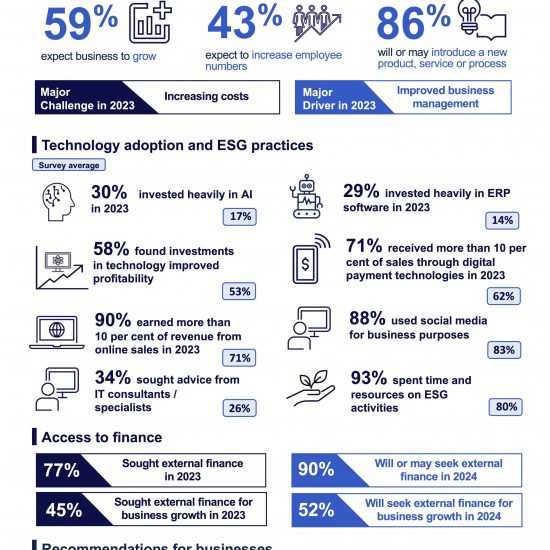NEW DELHI: Setting a high annual disinvestment target can potentially create an “overhang in the market” and could be detrimental to the value creation strategy of central public sector enterprises (CPSEs) concerned, Department of Investment and Public Asset Management (DIPAM) secretary Tuhin Kanta Pandey said on Friday.
In an interview to ET, he said the government would follow a “calibrated disinvestment strategy”, taking care to avoid causing losses to existing shareholders (of relevant state-run firms) through unnecessary disruptions in the market.
Pandey defended the government’s decision not to specifically announce its divestment target in the interim budget for FY25. “We don’t want to actually make the budget very much contingent on that (disinvestment) because this is actually a volatile item. It depends on market conditions and other factors, which could be beyond our control,” Pandey said.
In a rare move, the interim budget for FY25 clubbed the government’s disinvestment and asset monetisation targets, instead of declaring them separately. The combined realisation is budgeted at ₹50,000 crore for FY25, against ₹30,000 crore (revised estimate) in FY24 and ₹61,000 crore in the BE for this fiscal. Of course, the combined target is still less than 2% of the government’s expected non-debt receipts for FY25.
The government had budgeted a disinvestment target of ₹51,000 crore for FY24. But the realisation so far this fiscal is barely a fourth of the initial goal, mainly as the IDBI Bank sell-off process is spilling over to next fiscal.
“Just by putting a very high (disinvestment) number is not going to yield any benefit. Rather it creates an overhang in the market and you are unnecessarily discouraged from (seriously pursuing) your value creation strategy,” Pandey said.
The secretary said the government has stepped up focus on the CPSE value creation under a new paradigm, adding that any asset sale or monetisation road map has to be subservient to the value creation strategy. Improved performances of CPSEs not just help enhance their market value but also boost the government’s dividend prospects, he indicated.
For instance, the market value of the government’s holdings in state-run companies has jumped four times to ₹38 lakh crore in the past three years, Pandey said. Overall market capitalisation of these companies, including 61 listed CPSEs and 16 banks, jumped to ₹58 lakh crore from ₹15 lakh crore in these three years.
Similarly, DIPAM’s dividend receipts (from non-financial CPSEs and other investments) have beaten the budget estimates for three straight years now. For FY25, such receipts are pegged at ₹48,000 crore, against the FY24 BE of ₹43,000 crore and RE of ₹50,000 crore.
Pandey indicated that the strategic sale of IDBI Bank could be completed in FY25. He said the listing of state-owned Shipping Corporation of India Land and Assets Ltd (SCILAL) could take place in about a month or so, which will pave the way for the privatisation of the country’s biggest shipping company. SCILAL was created by hiving off the non-core realty assets of SCI.
Pandey said the Reserve Bank of India (RBI) is still evaluating potential bidders for IDBI Bank to ascertain if they are “fit and proper”. Once the necessary clearances are obtained, the stage will be set for further due diligence by the bidders and financial bids will be sought in due course. The government and promoter LIC would sell 60.72% of their combined holding in IDBI Bank.
Source: The Economic Times
The post High Selloff Target Can Potentially Create Overhang In The Market, Says DIPAM Secretary first appeared on Latest India news, analysis and reports on IPA Newspack.






